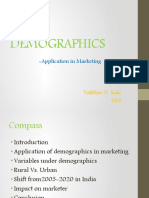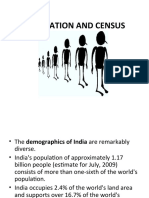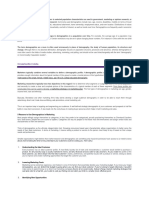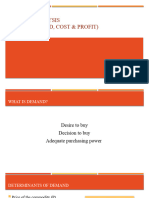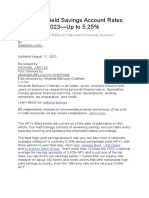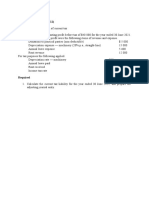0% found this document useful (0 votes)
290 views7 pagesIndia's Demographic Trends for Marketers
India has a young population, with over half under age 30. Life expectancy is around 68 for men and 70 for women. India's population has grown rapidly since the early 20th century, doubling between 1947 and 1981 and surpassing 1 billion in 2001. While birth rates are declining, declining death rates have contributed to continued population growth. Marketers define demographic profiles to segment populations and target specific groups based on variables like age, gender, income, race and ethnicity to effectively target advertising and marketing strategies. India's large working-age population provides opportunities for future growth and marketers.
Uploaded by
Benjamin YokeshCopyright
© © All Rights Reserved
We take content rights seriously. If you suspect this is your content, claim it here.
Available Formats
Download as PPTX, PDF, TXT or read online on Scribd
0% found this document useful (0 votes)
290 views7 pagesIndia's Demographic Trends for Marketers
India has a young population, with over half under age 30. Life expectancy is around 68 for men and 70 for women. India's population has grown rapidly since the early 20th century, doubling between 1947 and 1981 and surpassing 1 billion in 2001. While birth rates are declining, declining death rates have contributed to continued population growth. Marketers define demographic profiles to segment populations and target specific groups based on variables like age, gender, income, race and ethnicity to effectively target advertising and marketing strategies. India's large working-age population provides opportunities for future growth and marketers.
Uploaded by
Benjamin YokeshCopyright
© © All Rights Reserved
We take content rights seriously. If you suspect this is your content, claim it here.
Available Formats
Download as PPTX, PDF, TXT or read online on Scribd
/ 7
